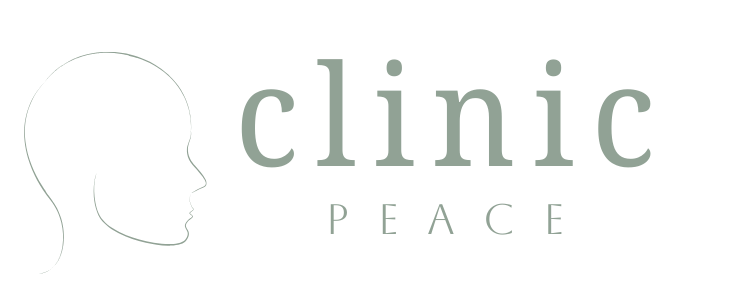Headaches
Headaches are one of the most common health complaints, often involving multiple headache types at once—such as tension headaches combined with migraines or headaches triggered by neck dysfunction. Understanding these patterns is key since treatments vary depending on the type.
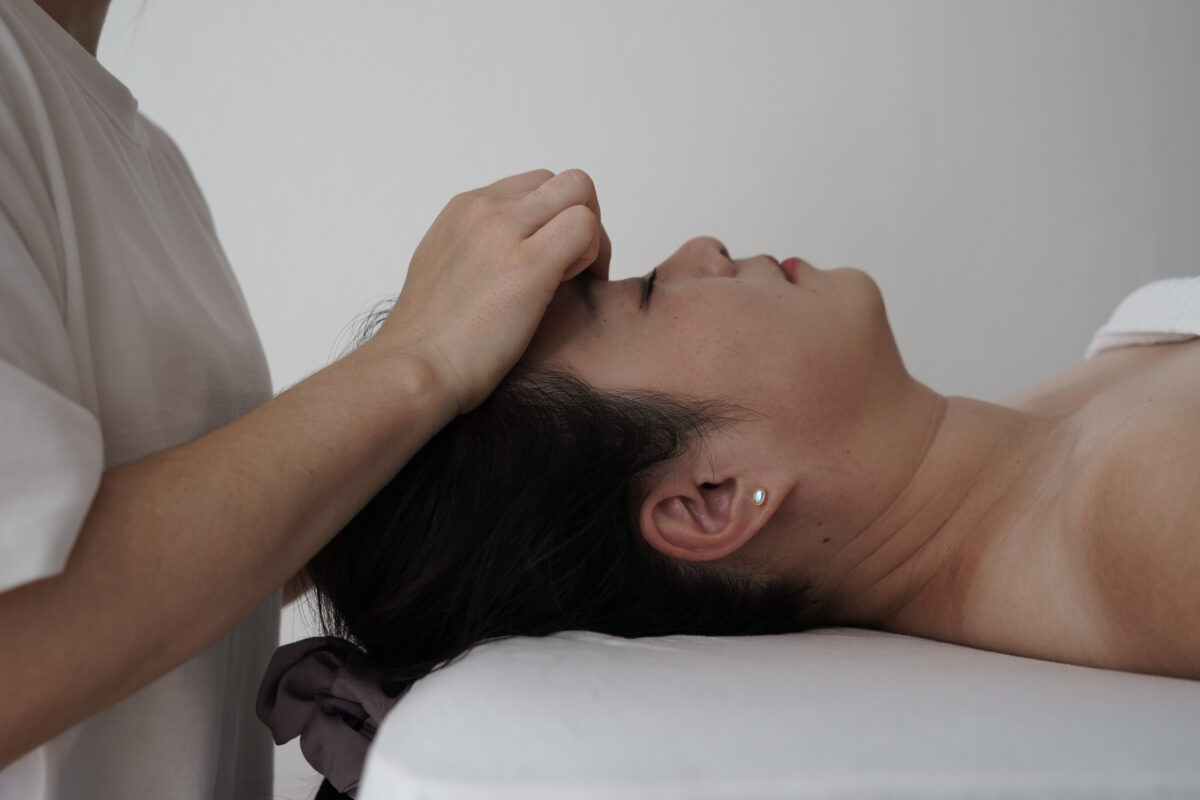
Primary and Secondary Headaches
Headaches vary in intensity, duration, and underlying causes, and they are broadly classified into two main categories: primary headaches and secondary headaches.
- Primary headaches arise from dysfunction or overactivity of pain-sensitive structures in the head. They are not caused by an underlying medical condition but rather by factors such as muscle tension, nervous system imbalances, or vascular changes. The most common types include tension-type headaches, migraines, and cluster headaches.
- Secondary headaches are a symptom of another health issue, such as neck disorders, sinus infections, high blood pressure, jaw problems, or even certain neurological conditions. In these cases, treating the underlying cause is key to reducing headache symptoms.
Identifying the Root Cause and Trigger Factors
Headaches often stem from underlying imbalances. Common triggers include:
- Physical factors – neck/jaw tension, muscle imbalances, lack of movement
- Neurological factors – stress, sleep disturbances, nervous system overstimulation
- Hormonal changes – menstrual cycle, hormonal imbalances
- Diet & lifestyle – dehydration, irregular meals, caffeine withdrawal
- Environmental factors – light sensitivity, weather changes, air quality
By analyzing your lifestyle, history, and triggers, we create a personalized plan for relief.
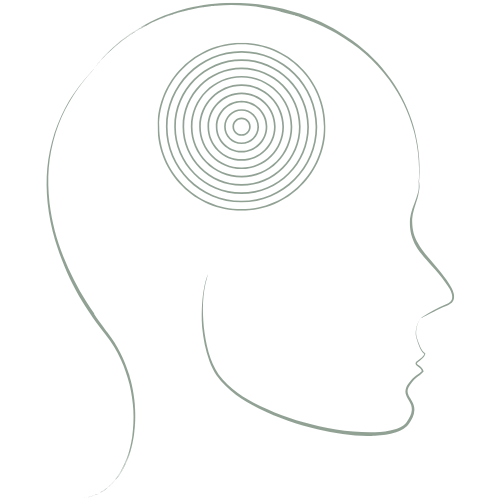
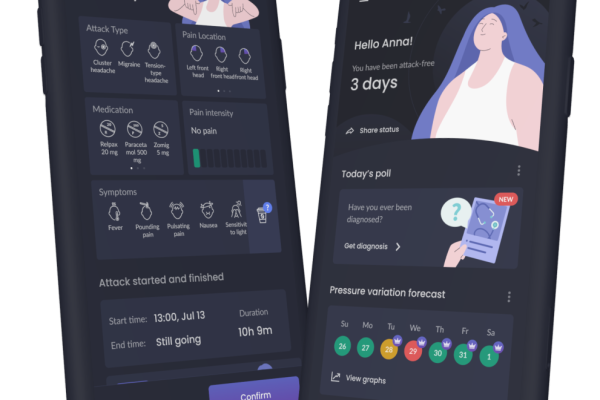
The Importance of a Headache Diary
Tracking headaches is an essential step in understanding patterns and monitoring progress. I encourage my patients to use a digital headache diary, which is easy to update daily and allows for quick export of results for review by me or a doctor.
A headache calendar serves several purposes:
- Provides a clear overview of frequency and severity
- Helps track progress over time when implementing new therapies
- Identifies patterns and triggers
- Monitors responses to treatment, allowing us to adjust the therapy plan accordingly
Comprehensive Approach to Headache Relief
Effective headache management requires a personalized and holistic approach. Below are the key elements we focus on:

Breathing Techniques
Many headache sufferers have dysfunctional breathing, which contributes to tension. Techniques such as diaphragmatic breathing, alternate nostril breathing, and 4-7-8 breathing help:
✔ Activate the relaxation response
✔ Reduce stress and muscle tension
✔ Improve oxygen flow to the brain
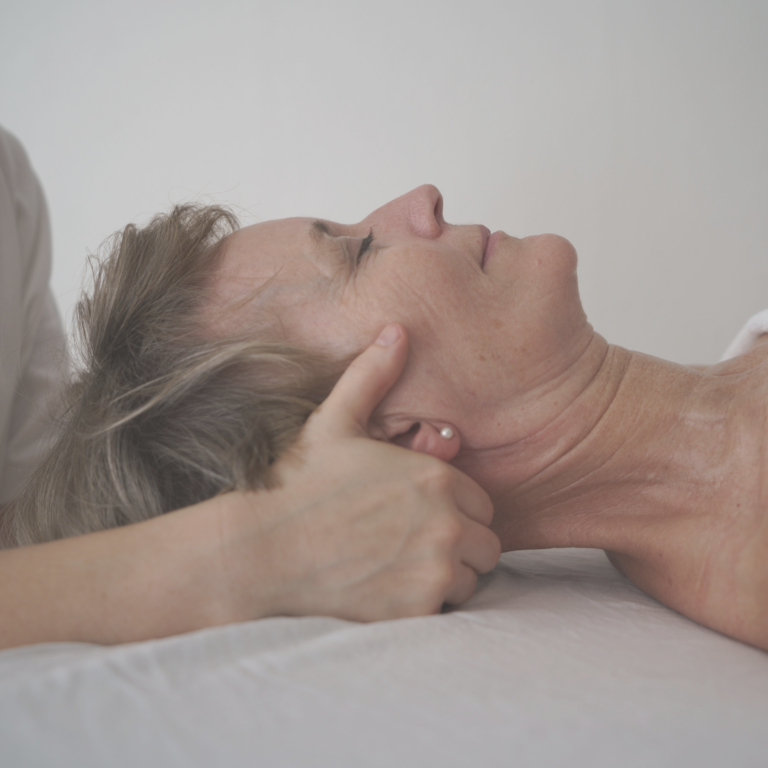
Manual Therapy
Tension-related headaches often benefit from hands-on techniques like:
✔ Joint mobilization – improving neck and jaw mobility
✔ Fascial release – reducing restrictions in connective tissue
✔ Trigger point therapy – relieving muscle knots

Stress Management
Chronic stress is a major headache trigger. We focus on:
✔ Identifying and addressing stressors
✔ Practicing mindfulness, meditation & guided relaxation
✔ Using biofeedback for nervous system balance
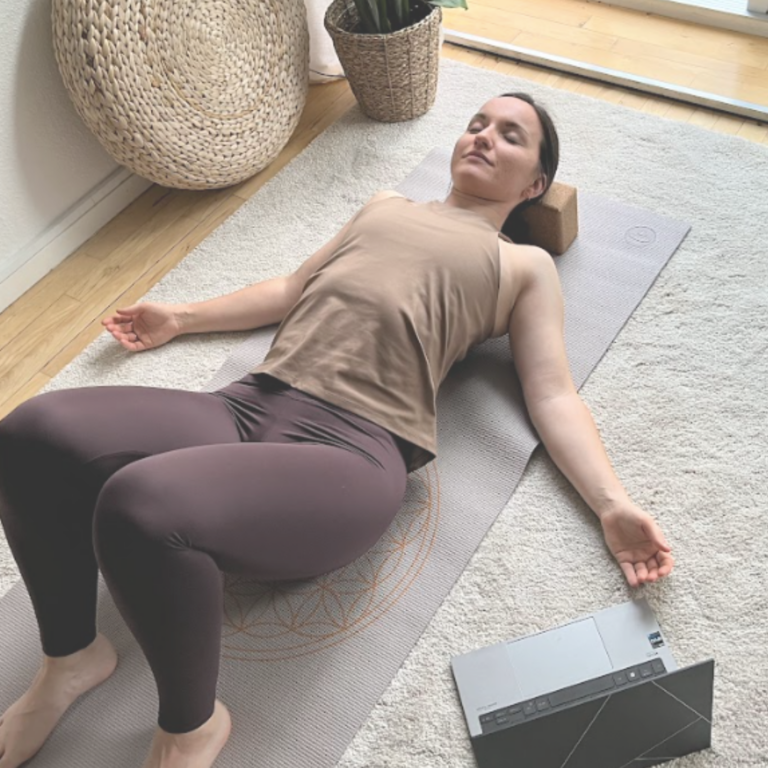
Home Exercises
Strengthening and stretching help maintain progress and prevent recurrence.
✔ Strengthening postural muscles
✔ Stretching tight areas
✔ Breathing-focused movements
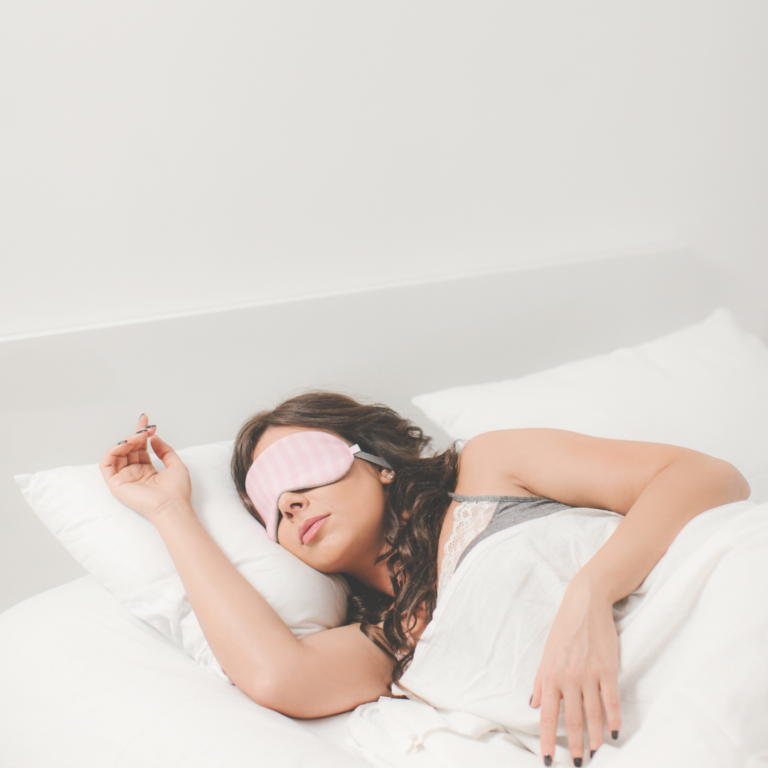
Lifestyle Modifications
We assess daily habits to reduce headache triggers, focusing on:
✔ Sleep quality
✔ Diet & hydration
✔ Workstation ergonomics
✔ Functional movement integration<

Specialized Yoga for Headache Relief
A targeted yoga program blends physiotherapy with yoga therapy to:
✔ Release neck, jaw, and shoulder tension
✔ Improve circulation and posture
✔ Support nervous system balance

Self-Massage Techniques
Learning self-release techniques can help prevent headaches before they escalate.
✔ Trigger point release for neck, jaw, and temples
✔ Scalp massage for cranial muscle relaxation
✔ Lymphatic drainage to reduce inflammation

Other Movement Practices
Regular movement is key to reducing headache frequency. A well-balanced routine includes:
✔ Strength training – for postural support
✔ Cardio exercise – to improve circulation and energy
✔ Functional training – to prevent strain and stiffness
An Individualized Treatment Approach
There is no single solution for headaches. Instead, it’s like a puzzle, where we put together the right combination of therapies, lifestyle adjustments, and treatments that fit your specific needs.
- First, we take a detailed look at your lifestyle, family history, headache triggers, and relief factors.
- Keeping a headache diary helps us track patterns, triggers, and progress over time. Most of my patients prefer a digital version, as it’s easy to log daily symptoms and export reports for me or your doctor.
- After a comprehensive assessment, we create a personalized plan tailored to your needs, ensuring the right balance with the rest of your life.
- I will support you every step of the way—not just by handing you a treatment plan, but by guiding and encouraging you through each step of your journey.

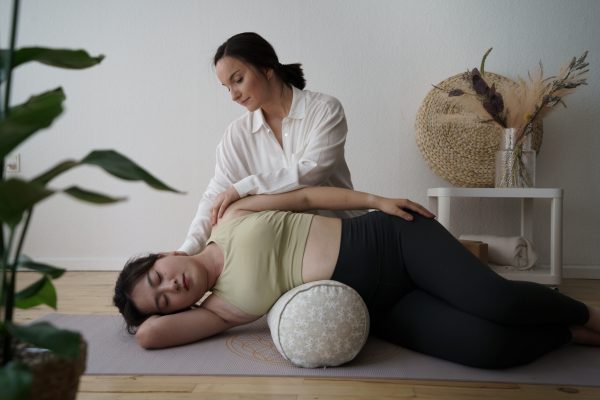
Treating the Whole System
Headaches are rarely isolated. My approach considers the entire body—musculoskeletal health, organ function, nervous system regulation, and lifestyle factors—to create lasting relief.
With the right tools and support, you can reduce headaches or even become completely headache-free.
What can I expect from a consultation with you?
Each person is unique, so our work together begins with understanding your specific pain patterns, lifestyle, and needs. In the first 4–5 consultations, we build a plan tailored to you. This may include exercises, lifestyle adjustments, self-care strategies, and, if needed, manual therapy. We monitor progress, making adjustments along the way to ensure you feel real, lasting improvement.
How often do I need to come for treatment?
It varies. Many people start with weekly sessions to establish a strong foundation. As symptoms improve—such as better sleep, fewer and less intense headaches, and a greater sense of calm—we adjust the frequency. Some continue every 2–3 weeks to maintain stability, while others transition to occasional check-ins when they feel the need. My goal is to empower you to recognize what works for you.
Do you only use physiotherapy, or do you combine it with other techniques?
I integrate physiotherapy with manual treatments, soft tissue relaxation techniques, fascia integration therapy, specific stretching and strengthening exercises, breathing techniques, and stress management strategies. I also offer Yoga as a therapy, especially for those struggling with chronic headaches, tension, and jaw pain. The combination depends on what benefits you the most.
I’ve tried many treatments for headaches. How is your approach different?
At Clinic Peace we look broad and deep to the problem—at posture, muscle tension, breathing patterns, stress levels, and even lifestyle habits. Together, we create a plan that is realistic, personalized, and effective for long-term relief. The goal is not just to manage pain but to help you feel healthier and happier.
Can Yoga really help with headaches and pain?
Yes! Specific Yoga practices, especially Yin Yoga, can help release tension in the neck, shoulders, and jaw, regulate the nervous system, and support pain management. I offer special Yoga classes designed for people with headaches, where we focus on deep relaxation, breathwork, and gentle movements that promote relief.
Do I need to have experience with Yoga to join your classes?
Not at all. My classes are accessible to everyone, whether you are completely new to Yoga or have experience. The movements are gentle, and I guide you through each step, ensuring that it feels safe and effective for you.
What if my headaches are stress-related?
Stress plays a significant role in headache frequency and intensity. We address this by working on nervous system regulation, breathing techniques, and mindfulness techniques Many of my clients experience a more peaceful mind, deeper sleep, and overall reduced stress levels as part of their therapy.
How do I know if this approach is right for me?
If you are struggling with headaches, neck pain, or jaw tension and are looking for a personalized, professional, and holistic approach, this could be exactly what you need. The best way to find out is to book an initial consultation, where we can explore what works best for you.
